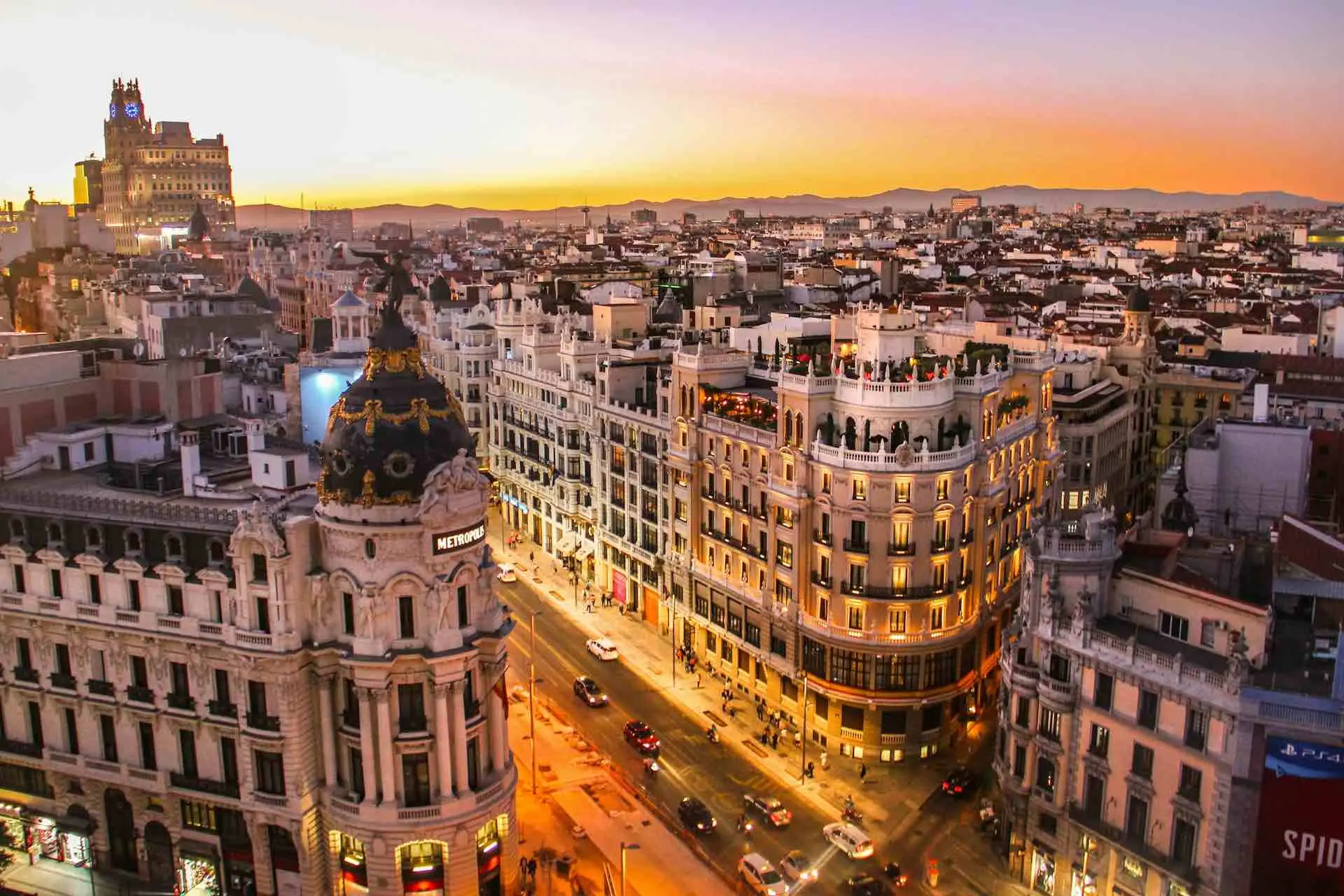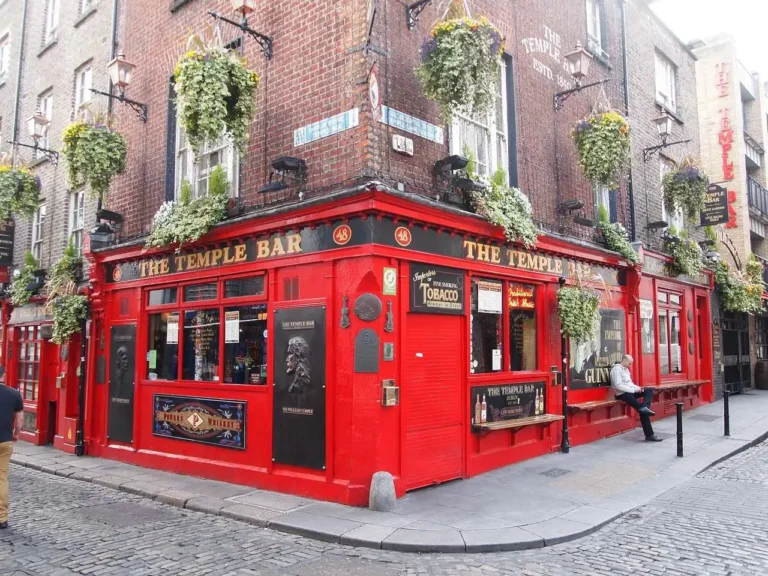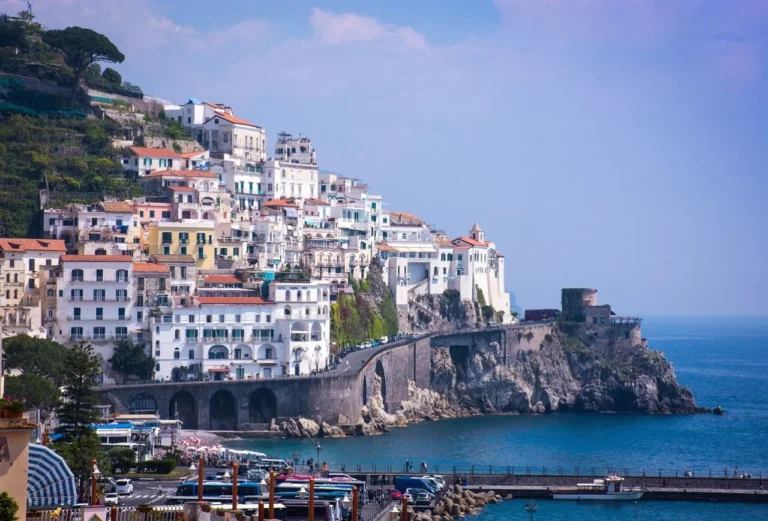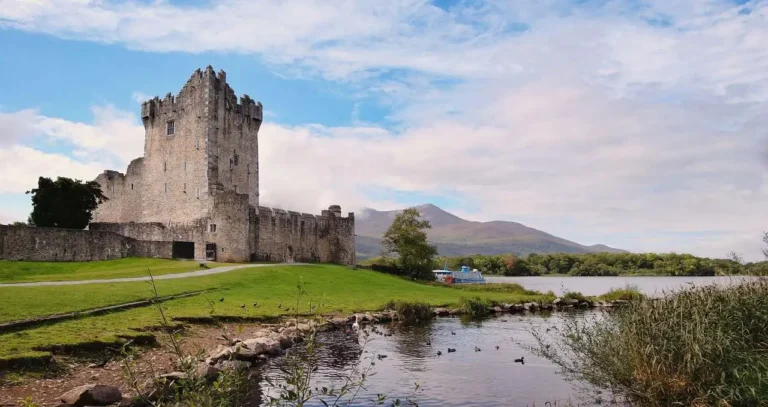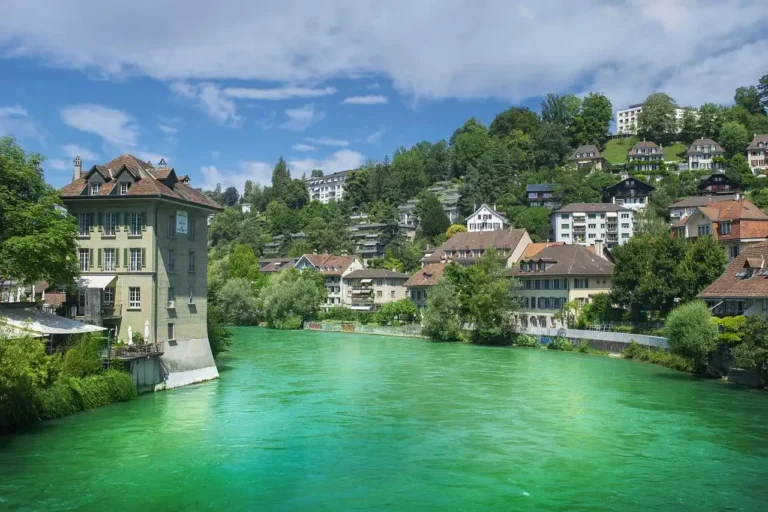Things to do in Madrid: 5 Best Free Activities Worth Trying
Table of Contents: Things to do in Madrid
Table of Contents
Finding the Real Heart of Spain:
Madrid, Spain’s lively capital city, draws millions of tourists each year with its historic buildings, delicious food, busy streets, and lively atmosphere. It’s a city known for its realness, royal palaces, Spanish art museums, statues, and beautiful old buildings, as well as its real Spanish food that will make you want more.
This complete guide will show you the best things to do in Madrid, give you useful tips, and share information that will help first-time visitors get the most out of this historic city. We will look at Madrid through the lens of slow travel, which helps local economies and lets us get to know the city’s unique atmosphere that makes it so special.
See our full Spain trip itinerary to plan your entire journey.
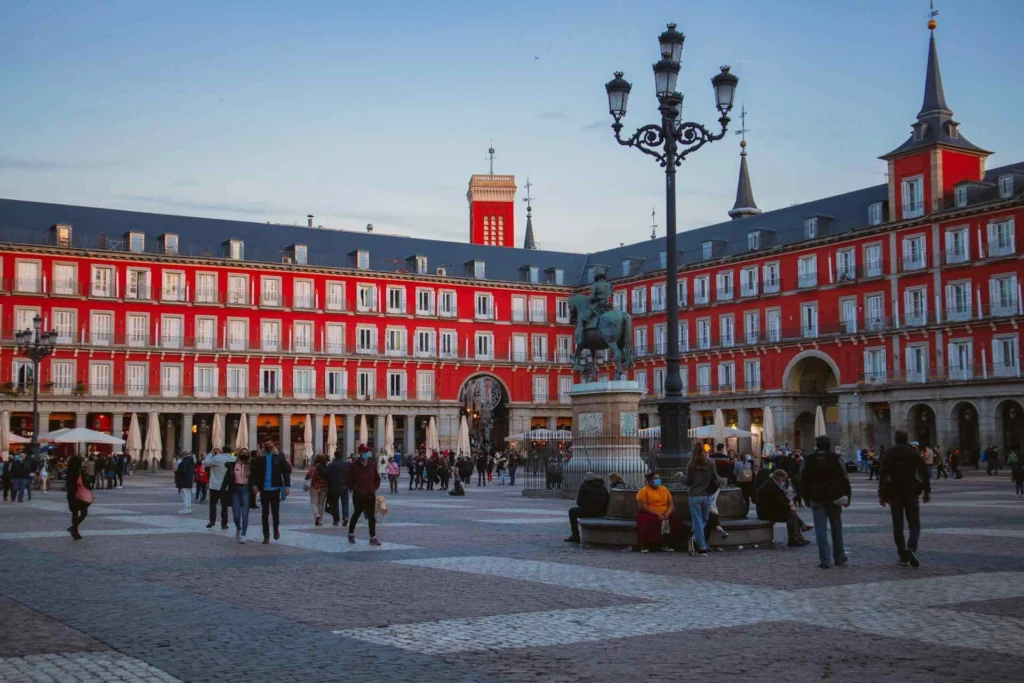
I loved how Madrid felt like a real Spanish city. The flamenco performances that echoed through the narrow streets and the friendly locals who told me where to find the best tapas were just two examples. This firsthand experience has changed how I think about what makes Madrid a truly unforgettable place for travelers who want to fully experience the culture.
Important Madrid travel tips for planning your trip
When to Go to Madrid
Best Seasons: The weather is best in the fall and spring, when the temperatures are cooler and more comfortable, making it easier to explore Madrid’s walkable streets and outdoor attractions.
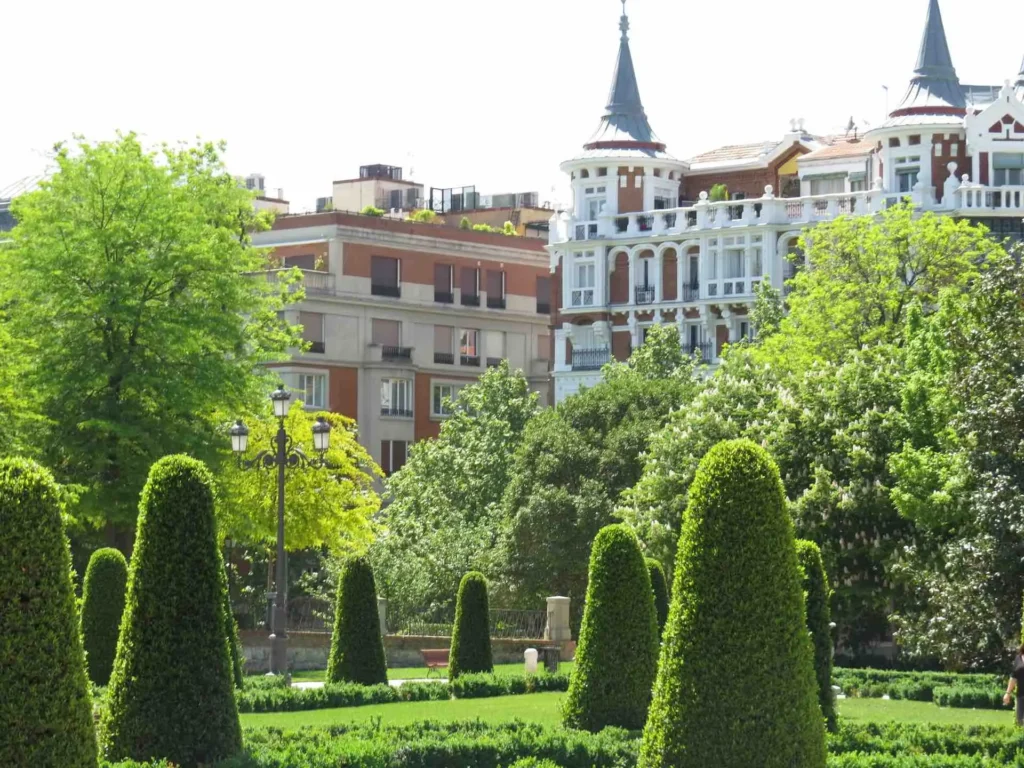
Specific Suggestions: The best times to visit are in May or early June, when the rose gardens are in full bloom in many parks around the city. If you can, stay away from July. The temperatures can reach around 100°F, which makes it hard to explore outside.
How to Get There and Around
Airport: Madrid Barajas Airport is big and busy, so be ready for long lines and give yourself extra time. A lot of the workers may not be able to speak English well, so you need to be patient and ready.
Walkability: Madrid’s streets are very walkable, so you can easily explore neighborhoods on foot and find hidden gems along the way.
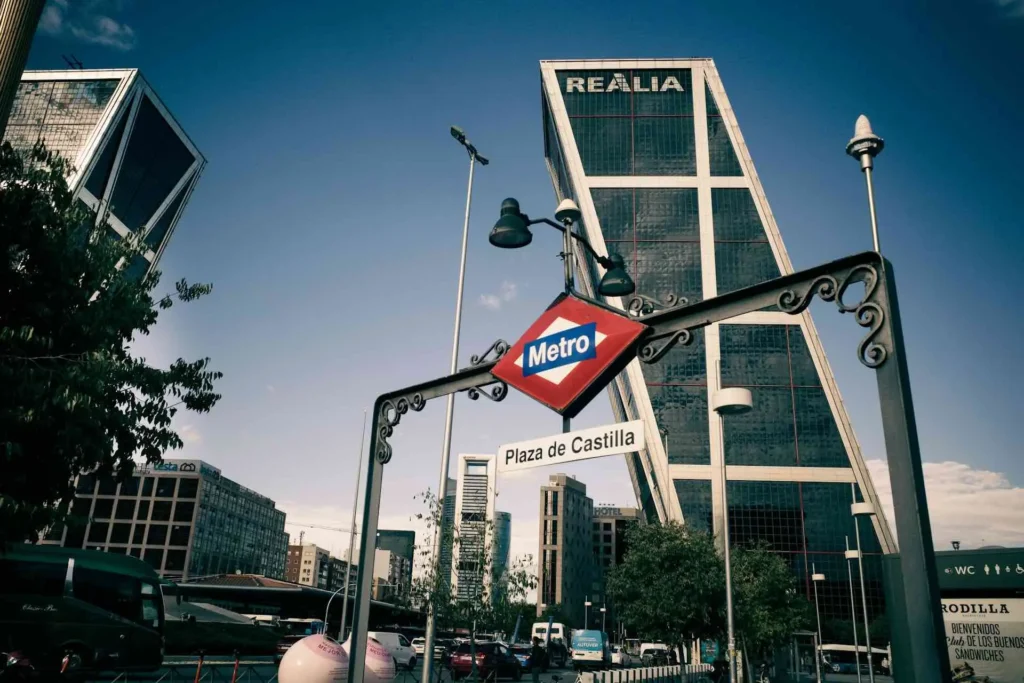
Public Transport: The subway (metro) system is cheap and works well for longer trips, like going from El Retiro park to La Latina neighborhood.
Language and Communication
Language Barrier: Many people in Madrid may not speak English very well, but don’t let this stop you—people there are usually helpful and patient.
Tip: Before you go, download a translation app like Google Translate and practice using it. Locals will also really appreciate it if you learn some basic Spanish phrases.
Saving and budgeting
Affordability: Madrid is generally less expensive than other European capitals. There are many free parks, museums, and landmarks to see, and food is cheap.
Go City Pass: If you’re planning to see a lot of sites, you might want to buy the Go City Pass, which gives you discounts on many attractions.
Famous Landmarks in Madrid and Cultural Immersion
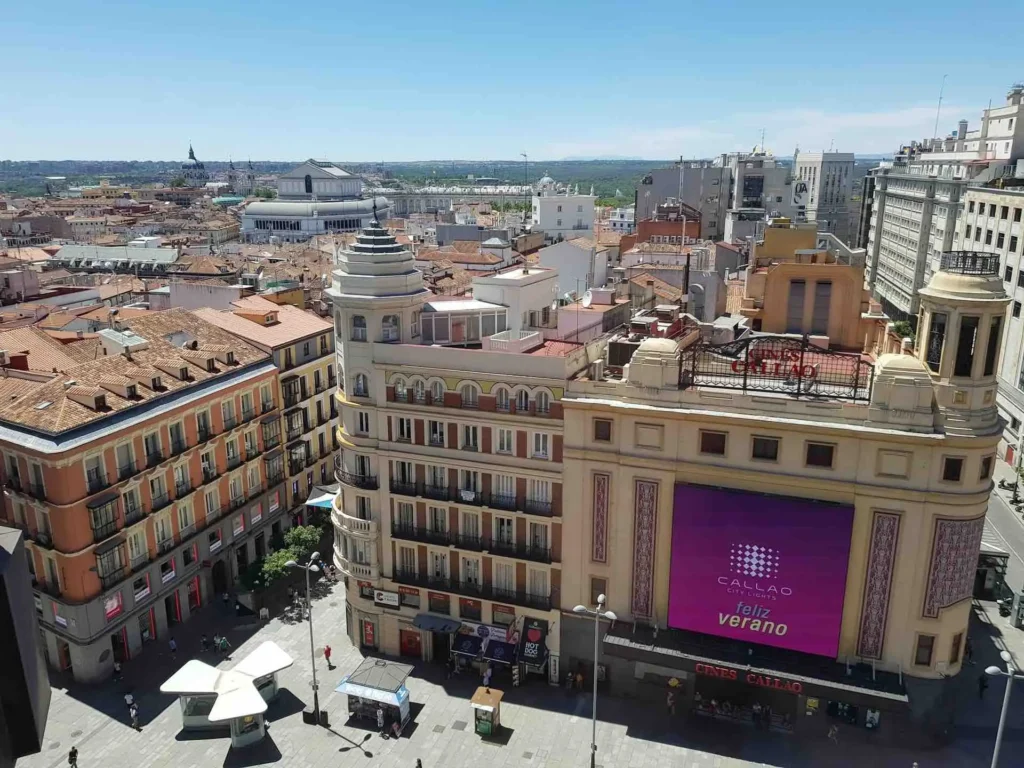
Plaza Mayor is Madrid’s main square.
Plaza Mayor, which was finished in 1619, is Madrid’s lively main square. It is surrounded by historic buildings and has a lovely fountain in the middle. This amazing building has many entrances and porticoes with shops and famous squid sandwich bars lining them. Look up to see the beautiful mosaic tile portraits that decorate the buildings. The stone-built Casa de La Panaderia (which used to be a bakery) is the only building from the square’s early days that is still standing.
Tip: Go in the morning to avoid crowds of tourists and enjoy the square’s quiet atmosphere.
A Look at Royalty at the Royal Palace of Madrid
The official home of the Spanish royal family is a beautiful example of royal grandeur, but it is now only used for state events. This amazing building is the biggest royal palace in Western Europe. It has more than 3,000 rooms full of art from the Golden Spanish Age. book a guided tour with skip-the-line tickets
Tip: To avoid long waits and learn more about the palace’s rich history, think about booking a guided tour with tickets that let you skip the line.
Almudena Cathedral: A Modern Wonder
This Catholic cathedral has a one-of-a-kind mix of Gothic Revival, Baroque, and Neo-Gothic styles. The bright colors, pop art, and modern art on the inside are a nice change from the traditional religious architecture. The dome of the cathedral has amazing views of the Royal Palace, and below it is Spain’s largest crypt.
Tip: You don’t have to pay to get in, but a small donation is appreciated to help keep this architectural marvel in good shape.
The Temple of Debod: A Gift from Ancient Egypt
This real Egyptian temple, which is from the 2nd century B.C., was given to Spain and carefully rebuilt stone by stone. Visitors can learn about Egyptian culture by looking at old hieroglyphics and sculptures. It’s close to Oeste Park and the Royal Palace, making it a great place to watch the sunset when the temple glows golden in the evening light.
Tip: Get there early to avoid long lines, especially when there are a lot of tourists.
Puerta del Sol is the “Kilometre Zero” point.
The official “kilometre zero” point in Spain is the symbolic center of the country. It is where the Old Post Office building is located, which is now the headquarters of Madrid’s regional government. This busy square is home to the famous clock that people use to celebrate New Year’s Eve by eating twelve grapes at midnight. The Bear & The Strawberry Tree statue is a famous symbol of Madrid that you shouldn’t miss.
Puerta de Alcalá and Palacio de Cibeles
The Puerta de Alcalá is a famous Neoclassical city gate with five arches. The Palacio de Cibeles, which used to be the Communication Palace, is now Madrid’s City Hall. The palace has a terrace where you can see the whole city, including the famous Gran Via.
Parks and gardens in Madrid’s green oases
Parque de El Retiro is like Central Park in Madrid.
This big park on the edge of town is a nice break from the busy streets. The Spanish monarchy owned it privately until the 19th century. Now it’s a popular public space where people can relax, have a picnic, walk, or rent rowboats on the lake near the monument to Alfonso XII.
Main Points:
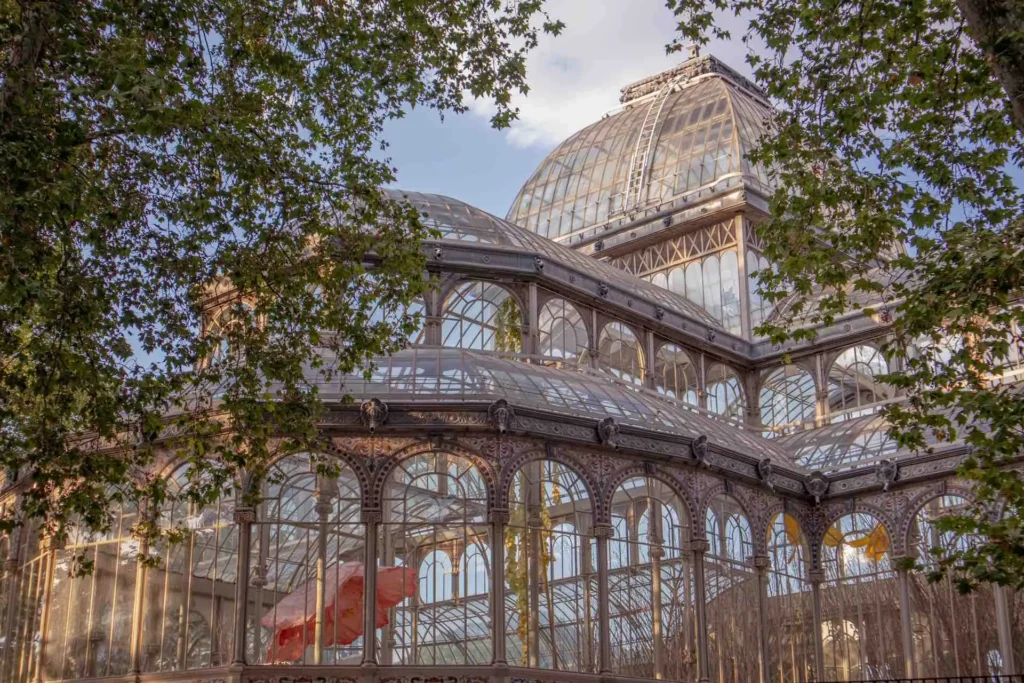
Crystal Palace (Palacio de Cristal): A beautiful building made of glass and iron that was built for the 1887 Philippines Exposition and is now part of the Reina Sofia Museum.
The Rose Garden is best seen in May or early June when the flowers are at their best.
The Fallen Angel Statue is one of the few statues of Lucifer. It is located at 666 meters above sea level, which is appropriate.
Parque del Oeste’s Casa de Campo Rose Garden
This is one of the largest rose gardens in Europe, with more than 650 types of roses and 20,000 plants. The flowers bloom from spring to summer, and you don’t have to pay to get in. It’s easy to get to the Royal Palace, the cable car, and Temple Debod from here.
A Close Look at the Neighborhoods of Madrid
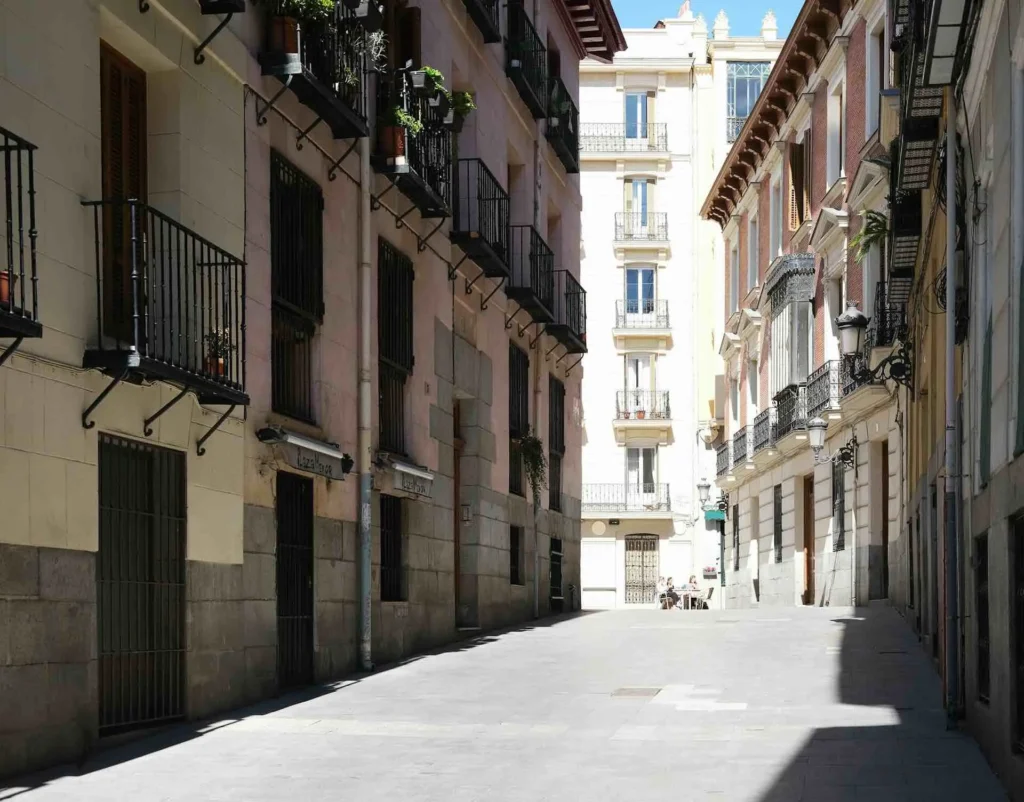
Sol: The Center of Everything
The most central neighborhood in Madrid is where many of the city’s roads meet. Gran Via is a busy street with lots of shops, restaurants, and nightlife. It’s a great place to stay while you explore the city.
Chueca: The LGBTQ+ Center
Chueca is known for being lively, fun, and colorful, but it really comes alive during Pride Weekend. Mercado San Anton is a great place for locals to have lunch, and its rooftop bar, 11 Knots North Terrace, has great views and cheap drinks.
La Latina: The City of Foodies
The main “foodie” neighborhood in Madrid is full of bright, lively energy. Mercado de San Miguel is a touristy place, but it’s worth going to see its beautiful buildings and eat gourmet food. Every Sunday from 9 am to 3 pm, El Rastro Flea Market turns streets like Calle de Toledo into a huge outdoor market where you can find clothes, jewelry, art, and souvenirs.
Don’t miss Cava Baja Street, which has a lot of tapas bars and the Basilica of San Francisco El Grande, which has works by famous Spanish artists like Goya.
Malasaña: The Place Where La Movida Madrileña Began
In the 1980s, after the Franco regime, this neighborhood was the center of a cultural movement. The area is centered around Plaza del Dos de Mayo, which is surrounded by old bars, clubs, and restaurants that keep the bohemian spirit alive.
Lavapiés: A Multicultural Neighborhood in Madrid
This old neighborhood shows how well different cultures mix in modern Madrid. The Reina Sofia Museum is there, and there are also unique bars and restaurants around Plaza de Lavapies that show off the area’s diverse community.
Art and entertainment in Madrid
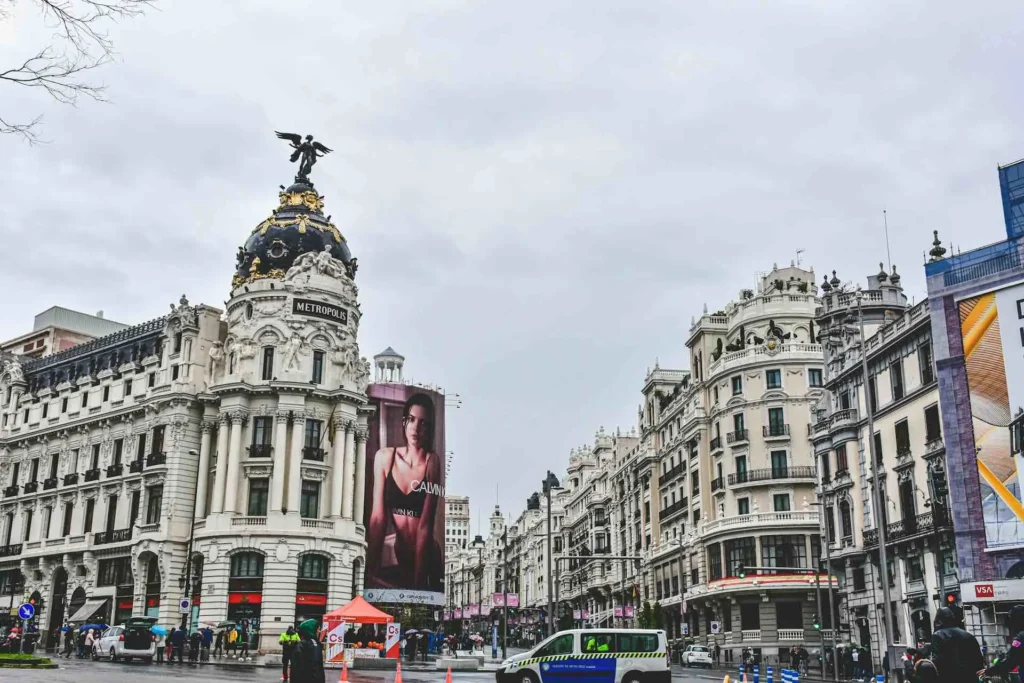
Museums of the Highest Quality
Madrid is known for having a lot of museums, and some of the best art collections in the world are there:
Museo Nacional del Prado is Spain’s most important cultural institution. It has works by famous Spanish artists like Velazquez and Goya. Think about getting a guided tour so you can get in early and learn more.
The Reina Sofía Museum has the largest collection of modern art in Madrid. It includes Picasso’s famous Guernica.
Free Entry: The Prado, Royal Palace, and Reina Sofia are just a few of the museums that let people in for free at certain times or on certain days (like April 18th, May 18th, October 12th, and December 6th).
Flamenco shows that will keep you interested
People know Madrid for its passionate flamenco shows, which include singing, guitar playing, and rhythmic clapping. For a more real experience, look for smaller “tablaos” instead of bigger, more commercial ones.
Cable Car in Madrid (Teleférico)
This 11-minute ride over Casa de Campo park gives you a different view of the city and great views of the Royal Palace. A round-trip ticket costs only €6.
If you’re looking for a step-by-step plan to see the best of Spain, this Spain Itinerary 10 Days has you covered.
A Food Journey: Eating Your Way Through Madrid
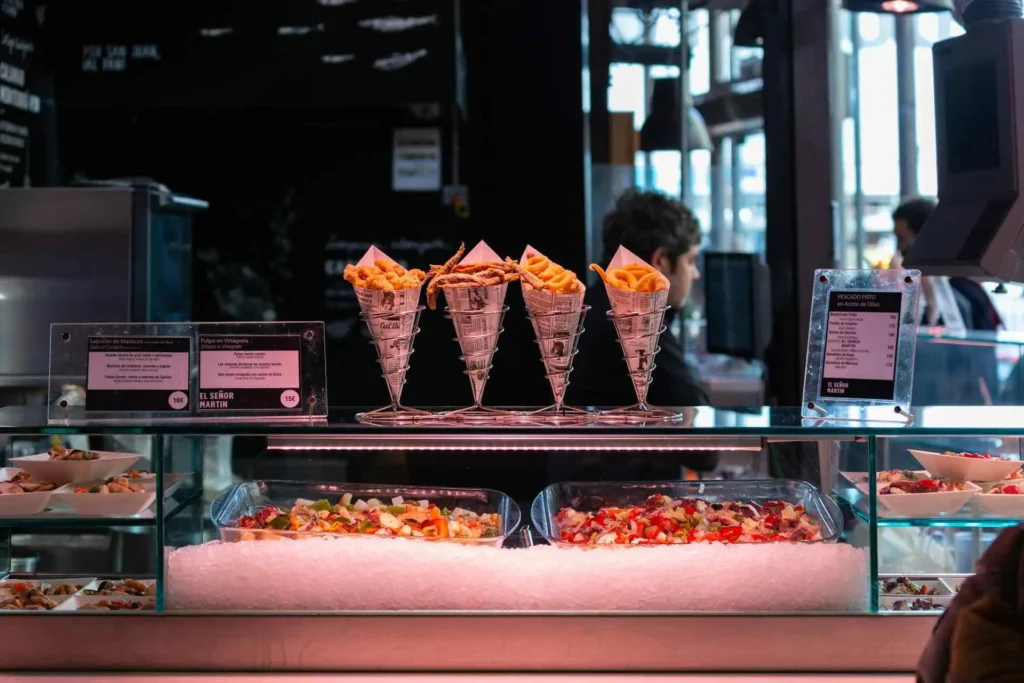
Spanish Foods You Have to Try
These small plates, called tapas, are meant to be shared and are an important part of Spanish dining culture. Don’t be afraid to order adventurous dishes like suckling pig, and try croquettes, patatas bravas, and albondigas.
Calamari Sandwich: A well-known and cheap lunch choice, especially near Plaza Mayor. People know that La Campana and Bar Postas serve this local dish well.
Churros con Chocolate: This classic Spanish dessert is great for breakfast, lunch, or dinner. Chocolateria San Gines, which is near Puerta del Sol, is still the most famous place to get this treat.
Looking into food markets
Mercado de San Miguel is a fancy covered market that sells gourmet food and high-quality ingredients.
Anton Martin Market: For a more authentic local shopping experience, you can buy ingredients and even take cooking classes with chefs from Madrid.
Dining Schedule and Wine Culture
Madrid has a late schedule that is typical of Spain. Dinner is usually served at 9:00 or 10:00 pm, and breakfast is often not served until 10:00 am. Spain is known for its red and sparkling white wines, so why not go on a wine crawl to see what Madrid has to offer?
Recommended Restaurants: Look for tapas bars that locals recommend, like Rosi La Loca and others with high ratings.
Day Trips from Madrid: Outside of the City
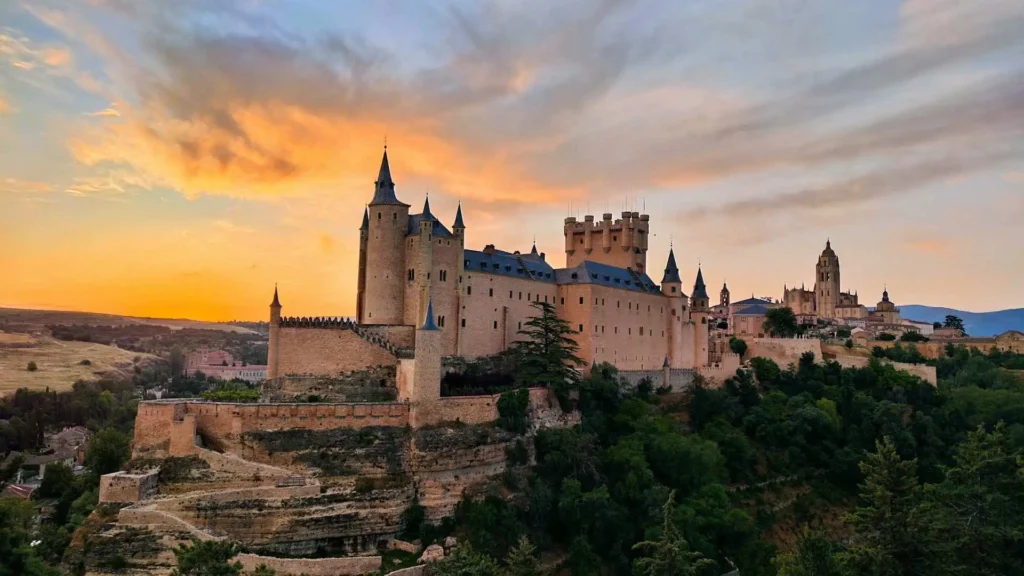
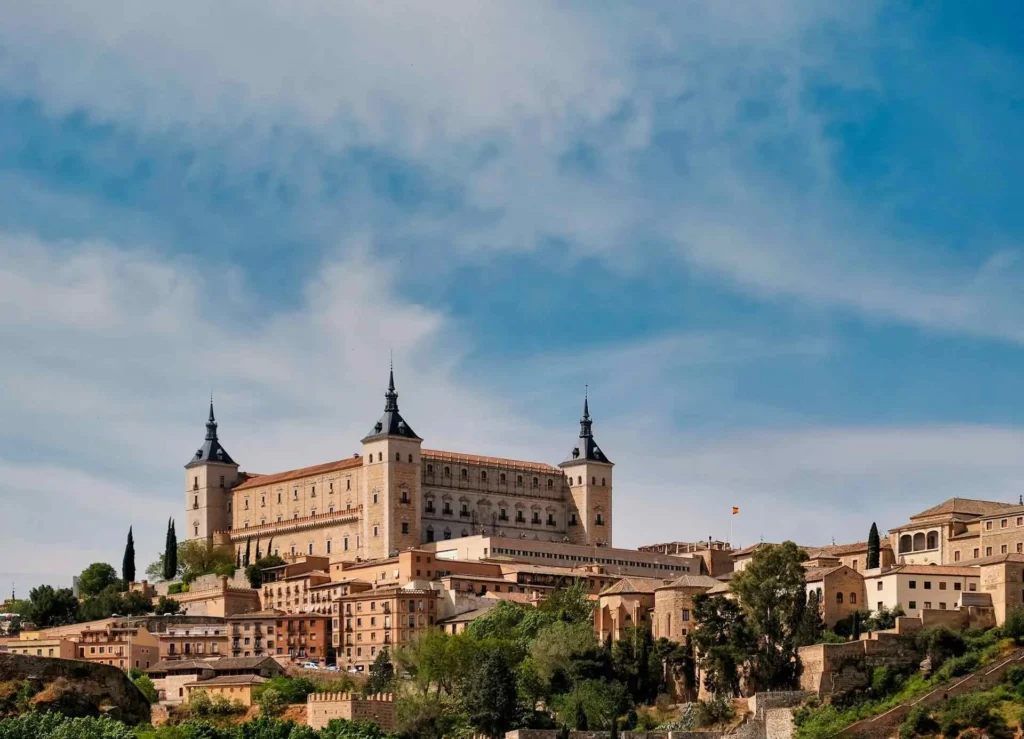
A day trip is an important part of any full Madrid experience, and it’s easy to get around by train.
The station at Puerta de Atocha
This station is more than just a place to get on and off trains. It also has a beautiful tropical garden with 400 different kinds of plants and a moving memorial to the victims of the 2004 terrorist attack.
Toledo: The City of Three Cultures
This UNESCO World Heritage Site was Spain’s capital until 1561 and has amazing Moorish, Christian, and Jewish influences. Go to the Alcazar, the Cathedral, the Cristo de La Luz Mosque, and the El Greco House Museum. It takes about 30 minutes by train to get there from Madrid.
Segovia: Castles and aqueducts from fairy tales
Segovia Cathedral, the Alcazar of Segovia (which is said to have inspired the design of Disney Castle), and the Roman Aqueduct with 166 arches are all UNESCO World Heritage Sites. It takes about 30 minutes for high-speed trains to get to Segovia.
El Escorial: Royal Grandeur
King Philip II built this UNESCO World Heritage Site, which is the biggest Renaissance building in the world. It takes about an hour to get there by public transport from Madrid.
Avila: Walls from the Middle Ages
Avila is famous for its 2.5-kilometer-long medieval walls with 88 turrets and nine gates. It is about an hour and a half from Madrid and is often visited with Segovia.
In conclusion, Madrid will steal your heart.
There aren’t many cities that can match Madrid’s unique atmosphere, which includes a rich history, lively vibes, openness, and acceptance. Madrid has something for every kind of traveler, from world-class museums and real flamenco shows to neighborhood food markets and beautiful royal palaces.
Visitors can really experience real Spanish culture in the city because its streets are easy to walk on, the food is cheap, the locals are passionate, and the neighborhoods are different. This beautiful capital will have you planning your next trip before you even leave, whether you’re visiting the best sights in Madrid, enjoying traditional tapas, or just strolling through historic squares.
What to do in Madrid goes far beyond the usual tourist activities. It’s about living a life that values community, culture, and real human connection. Plan your trip to Madrid today and find out why this amazing city keeps winning over people from all over the world.
Want to see more of Spain? Read our in-depth neighborhood guides, get real restaurant recommendations, and find hidden gems that only locals know about.
Wondering how long to stay in Barcelona? Here’s our complete guide.

